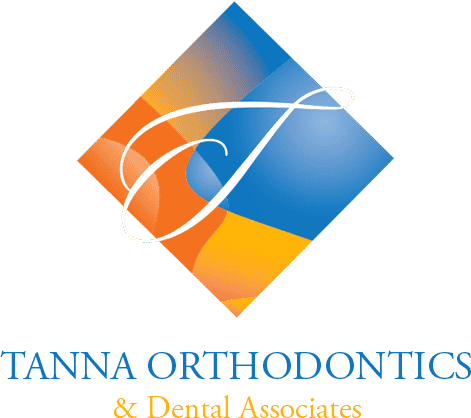Early Treatment
The American Association of Orthodontists recommends that most children should have an orthodontic screening by age 7. This allows Dr. Nihar Tanna to determine if orthodontic treatment will be required and the best time for the patient to be treated. Many of the dentists in our community have been trained to identify orthodontic problems early, and may refer you to our office earlier than age 7. Click here to learn more!
Adolescent Treatment
Between the ages of 11 and 15 is the most common time for orthodontic treatment, and for good reasons. By 12, most if not all of the permanent teeth have erupted and are in place, and crooked teeth, gaps and bad bites can easily be detected. These problems will hardly ever correct themselves, so this is when most parents decide to seek orthodontic treatment.
Children at this age have high metabolisms, which can help shorten overall treatment time and reduce the discomfort of orthodontic treatment. Click here to learn more!
Adult Orthodontics
Orthodontics is not just for children and teens. In fact, 1 in every 5 patients in orthodontic treatment is an adult. No one is too old for orthodontic treatment.
Adults seek orthodontic treatment for many of the same reasons as children. Some adults had orthodontic problems as children but were unable to correct them until now. Others, who had treatment as children, may need further treatment as adults due to relapse or limitations in initial treatment. Click here to learn more!
Airway Orthodontics
For our practice, Orthodontics is a lot more than just straight teeth and a beautiful smile, we are focused on the overall long-term health of our patients. When a child presents with a crowded or crooked smile, this is a sign that the jaw is not growing properly. Certain oral habits and jaw deformities can lead to Obstructive Sleep Apnea (OSA) and Sleep Disordered Breathing (SDB). Airway Orthodontics refers to orthodontic treatment methods used to expand a patient’s airway in order to treat OSA and SDB. Click here to learn more!






